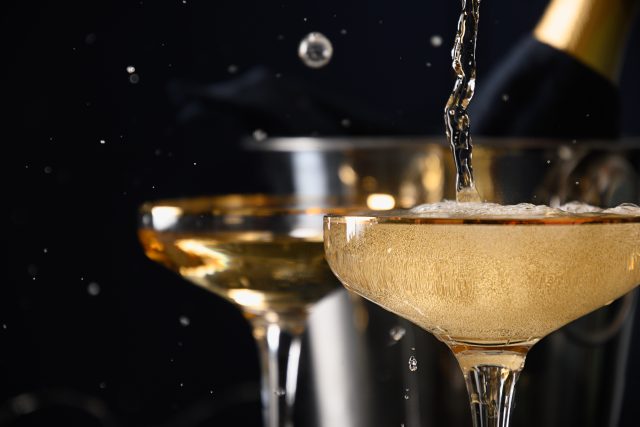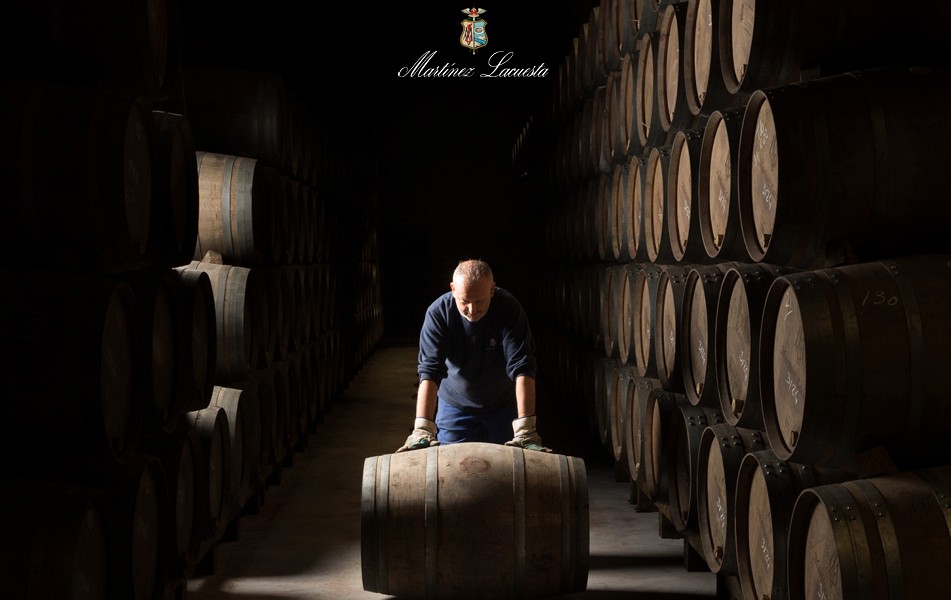Comité Champagne reveals its plans for the next 10 years
The Champagne body has mapped out its investment plans for the next decade, which includes funnelling an extra €10million into R&D.

Co-presidents Maxime Toubart and David Chatillon outlined Comité Champagne’s blueprint for the next ten years during an event held at Wine Paris & Vinexpo Paris this week.
Following the announcement that Champagne continued to see growth last year, with 326 million bottles shipped in 2022 (+1.6% compared with 2021), came the Comité’s ambitious plans for the future.
Top of the agenda is the launch of a new state-of-the-art research, innovation and development centre, which is expected to open its doors in 2025. The facility will increase the size of the appellation’s existing laboratory by 40% and will include a bigger fermentation room and experimental cellar, as well as doubling the size of its tasting room.
Explaining the logic behind the decision, Comité Champagne said that “varietal research is a strong tool for adapting to climate change” as well as being a response to “societal expectations for the reduction of phytopharmaceutical products.”
As such, the Comité will increase its annual budget by an additional €10 million (£8.9 million) over the next five years, to be invested in research and development, and sustainability. Among the work to be done is: researching new techniques to combat various forms of decline in the vineyard, defining new soil maintenance protocols and implementing new oenological strategies to anticipate the effects of climate change.
In 2003, Champagne became the first winegrowing region in the world to carry out a carbon footprint assessment, and the appellation plans to accelerate its plan to help reach its goal of net-zero carbon by 2050. Part of the strategy includes significantly reducing its emissions, developing carbon sinks and, “as a last resort”, by offsetting unavoidable emissions,” the Comité said.
Partner Content
To date, the appellation has already succeeded in recycling 90% of industrial waste and 100% of water used. It has also reduced its carbon footprint by 20% per bottle (with the objective of reducing this by 75% by 2050).
“It’s not just about responding to changing consumer demands, it’s about ensuring the productivity and sustainability of the Champagne vineyards, designing and promoting a viticulture in balance with the ecosystem, and producing a sufficient quantity of quality grapes” said Toubart. “This is the goal of our industry plan and the course which we are setting for ourselves.”
Toubart and Chatillon further detailed that defending the appellation and the reputation of Champagne remains a “huge priority”. They vowed to fight against the “continued and growing misuse of the appellation, and to develop new supports and technologies to combat it.”
Champagne education is also a big part of the plan for the next ten years, with the aim of Comité Champagne being recognised as “the gateway and key player in Champagne training and education.” There are currently Champagne Bureaux in ten of its biggest export markets.
Related news
Castel Group leadership coup escalates
For the twelfth day of Christmas...
Zuccardi Valle de Uco: textured, unique and revolutionary wines




